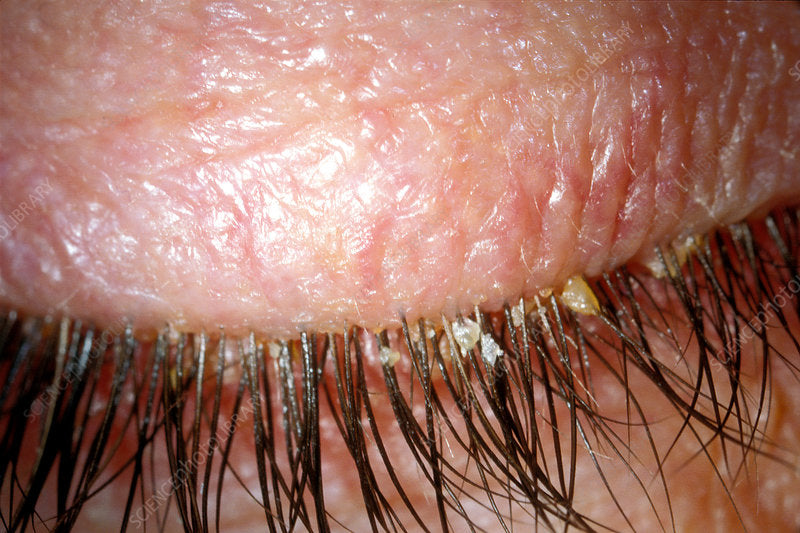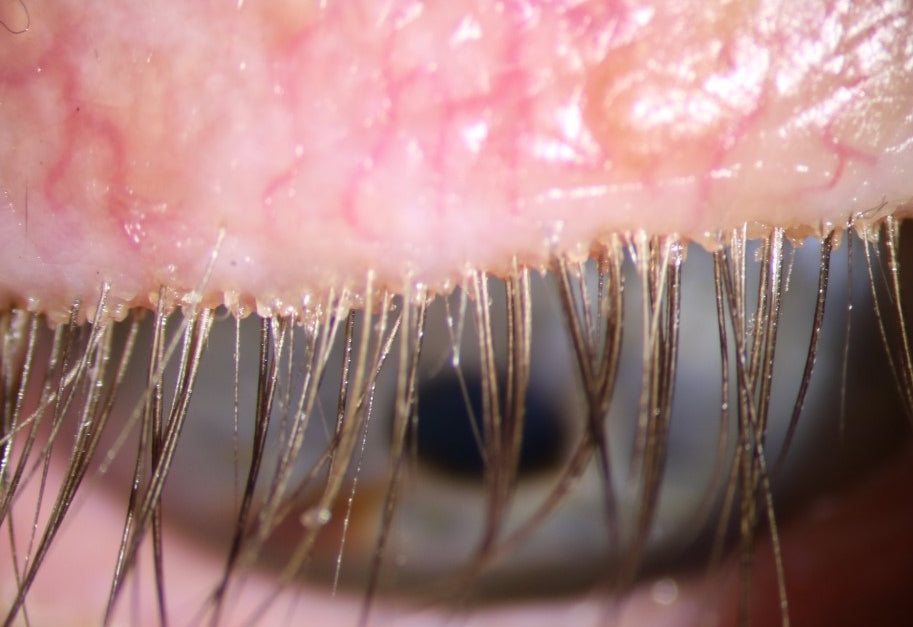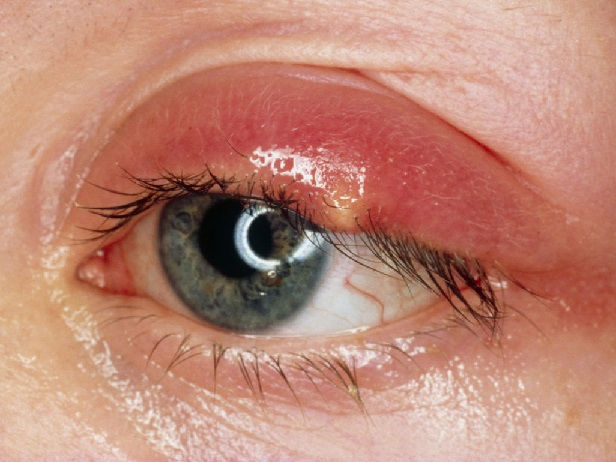Dry Eye Syndrome
Dry eye syndrome, also known as keratoconjunctivitis sicca, is a common condition that occurs when the eyes do not produce enough tears or the quality of tears is poor. The tears that the eyes produce are essential to lubricate and nourish the eyes, protect them from infections, and wash away debris.
Symptoms of dry eye syndrome may include a gritty or scratchy sensation in the eyes, redness, burning or stinging, excessive tearing, sensitivity to light, blurred vision, and discomfort when wearing contact lenses. The condition can be chronic and can significantly impact the quality of life.
There are several causes of dry eye syndrome, including aging, hormonal changes, certain medications, environmental factors, and underlying health conditions. Treatment options depend on the severity of the condition and may include artificial tears, prescription eye drops, and lifestyle changes such as avoiding dry and dusty environments.
If left untreated, dry eye syndrome can lead to complications such as corneal ulcers, eye infections, and vision loss. It is important to seek medical attention if you experience persistent dry eye symptoms. Your eye doctor can perform an eye exam and recommend appropriate treatment options to alleviate your symptoms and improve your eye health.

Blepharitis
Blepharitis is a common eye condition that causes inflammation of the eyelids, specifically the eyelash follicles and oil glands located near the base of the eyelashes. The inflammation is typically caused by a bacterial infection, but can also be due to skin conditions or allergies.

Demodex
Demodex, also known as eyelash mites, are microscopic parasites that live in the hair follicles of the eyelids. They are typically harmless, but in some cases, can contribute to the development of blepharitis.

Symptoms
Symptoms of blepharitis may include redness, swelling, itching, burning, and crusting of the eyelids. Demodex infestation can also cause similar symptoms, as well as eyelash loss and styes.


